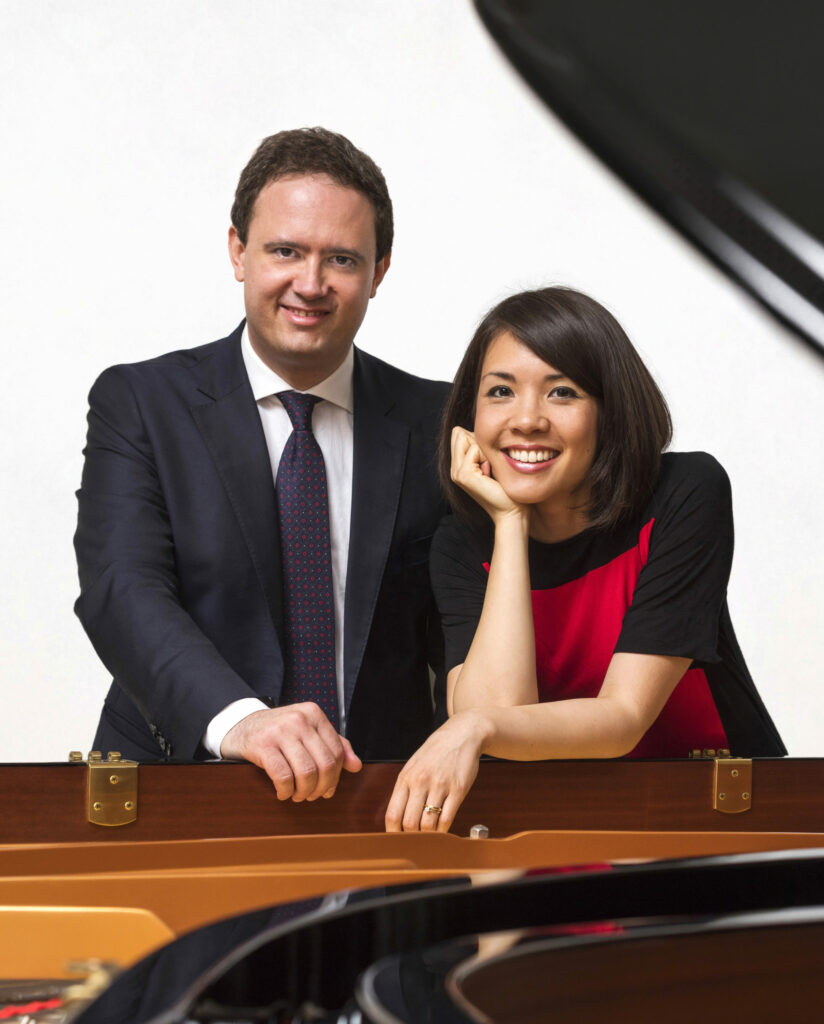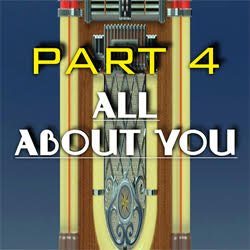FROM SUBLIME TO IRREVERENT
Dear Friends, This weekend, many churches will resonate with the traditional sounds of Easter music emanating from various brass ensembles. Then, Monday brings us to the first day of April and of course, April Fools’ Day where we will shift the musical focus from triumphant to irreverent. Every few years, the calendar favors us with […]
FROM SUBLIME TO IRREVERENT Read More »









